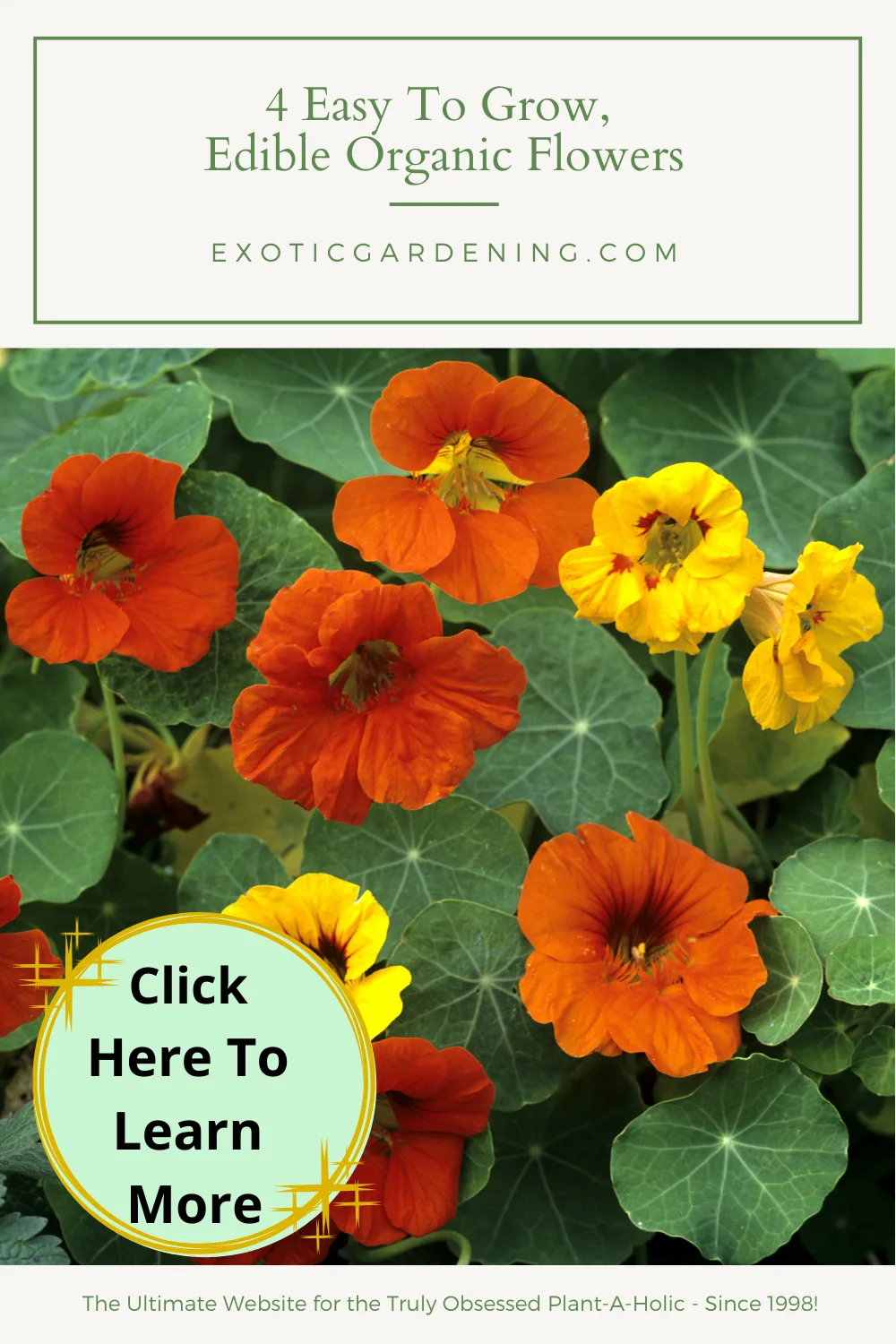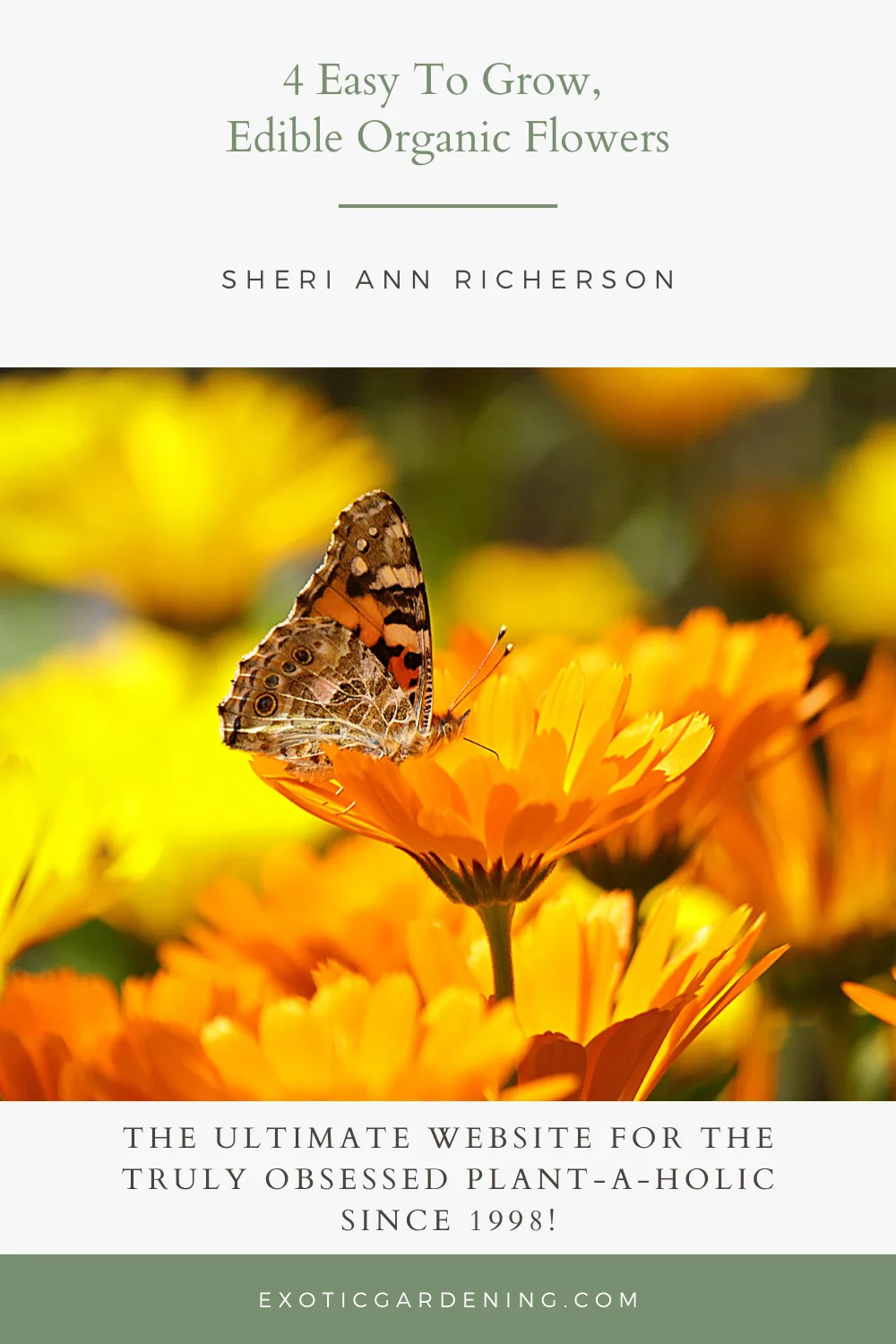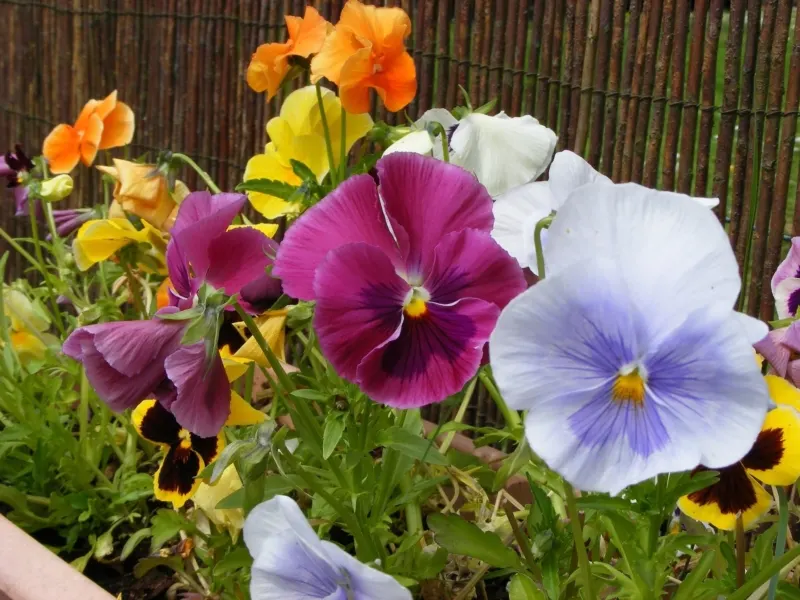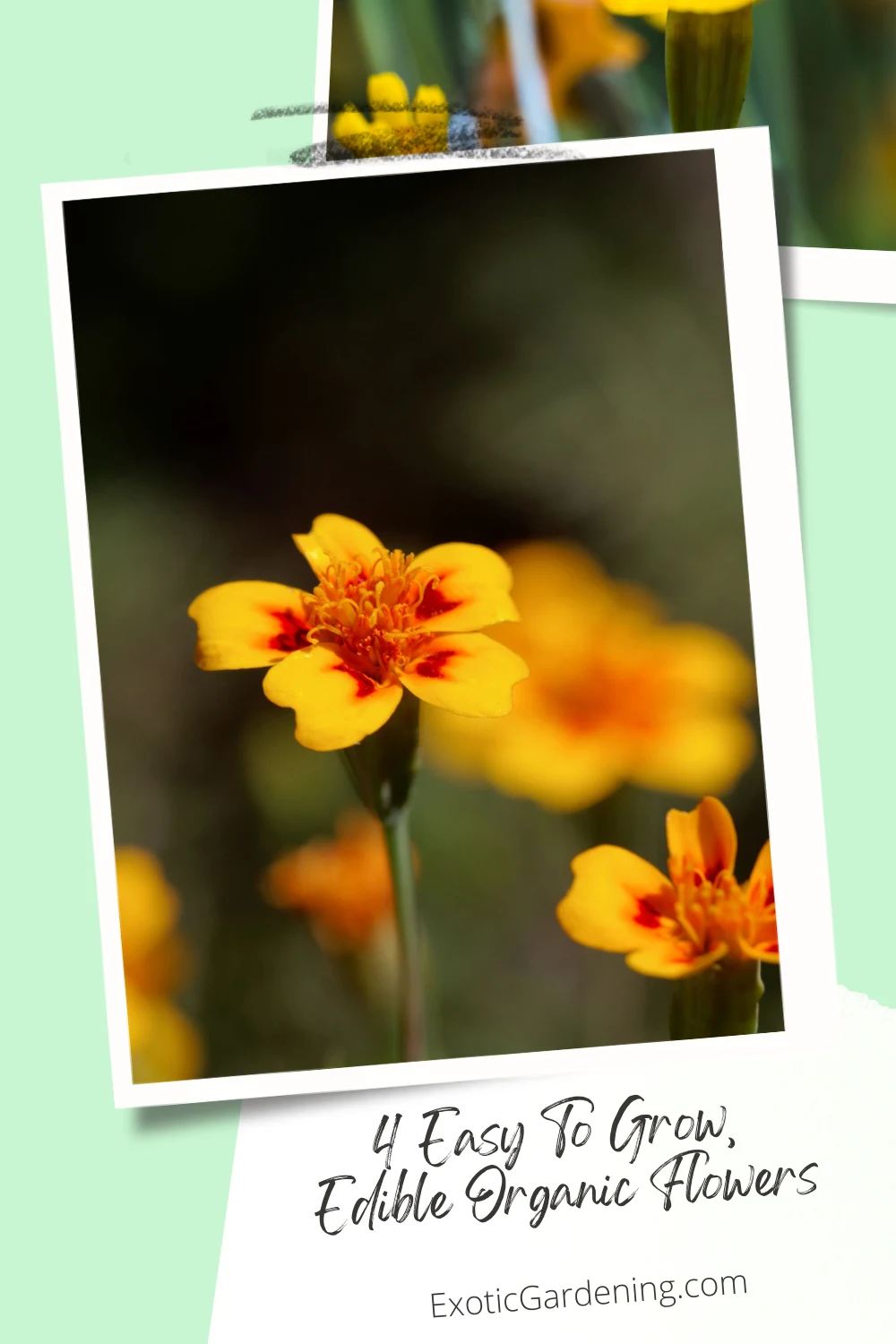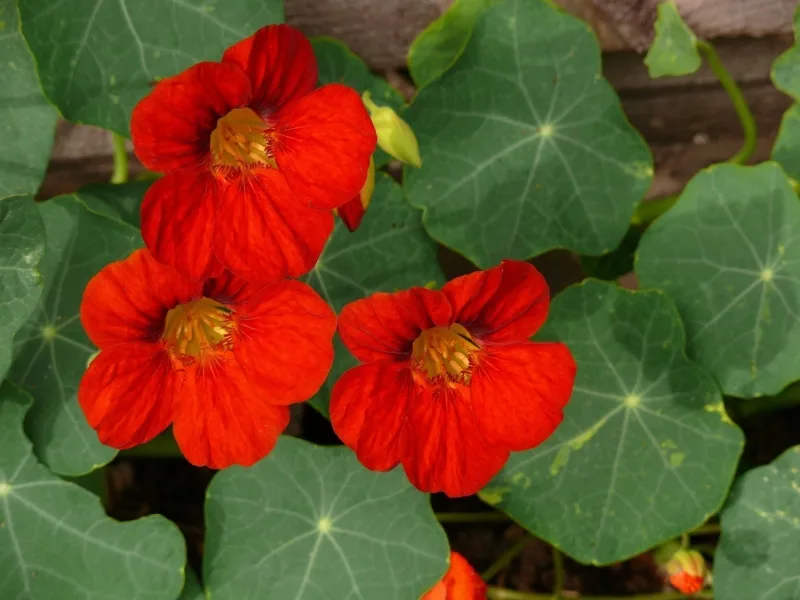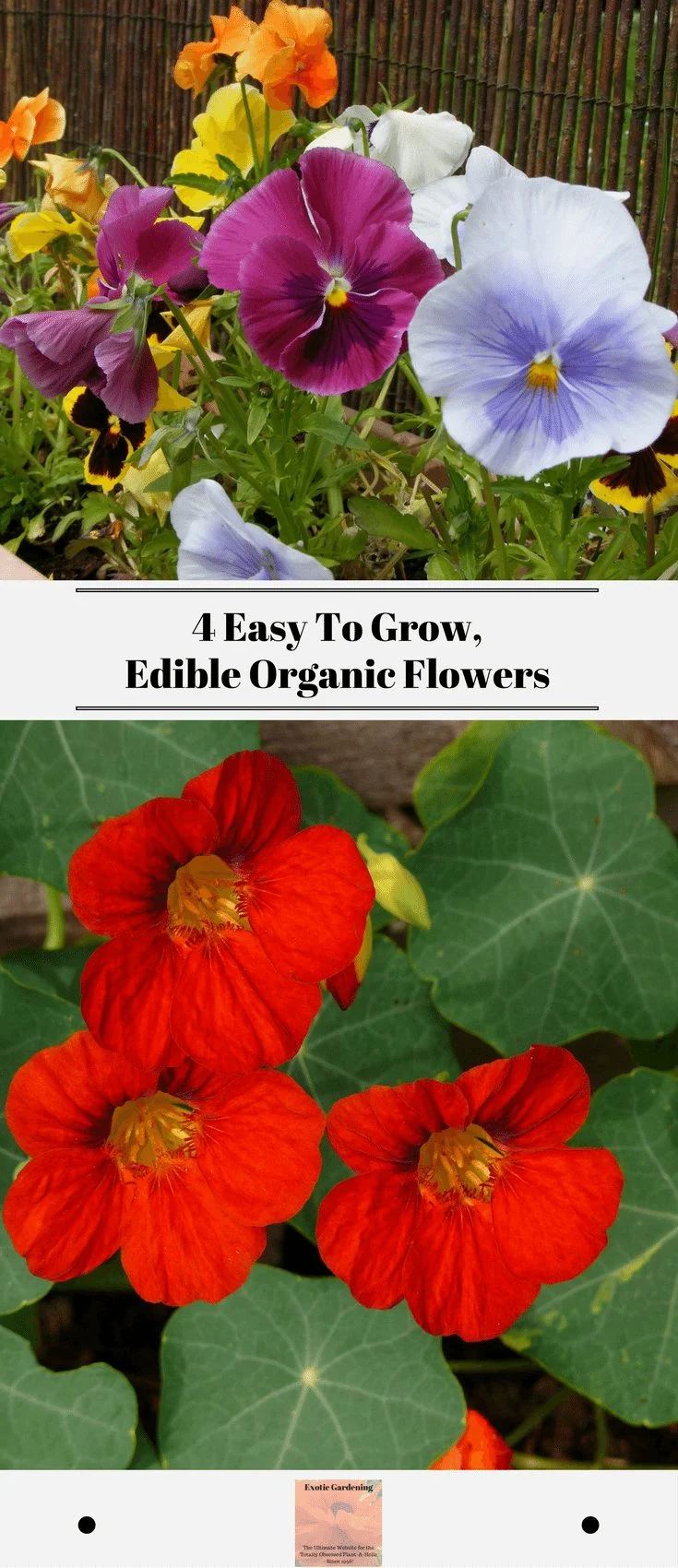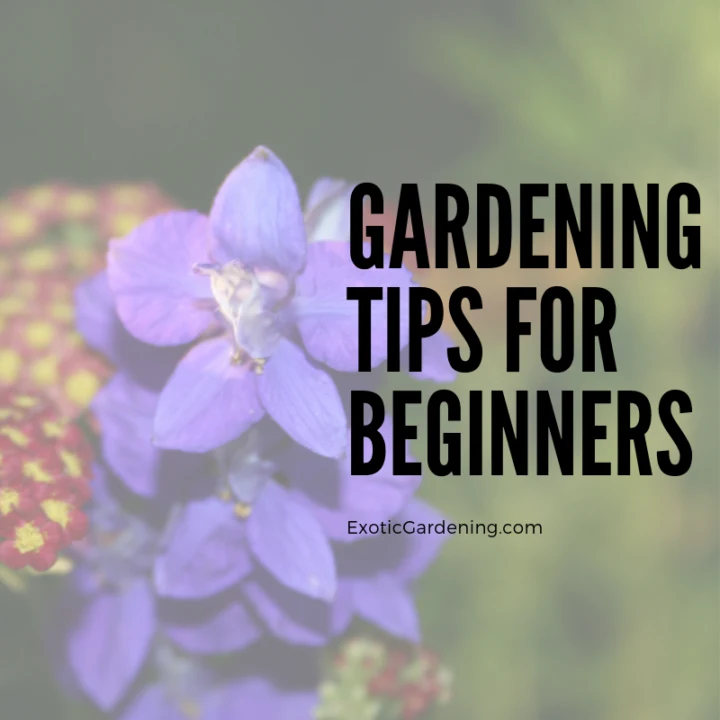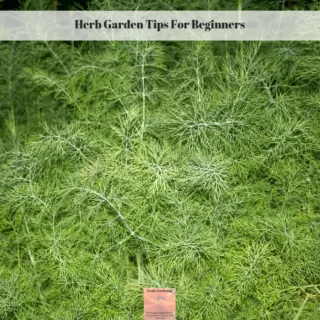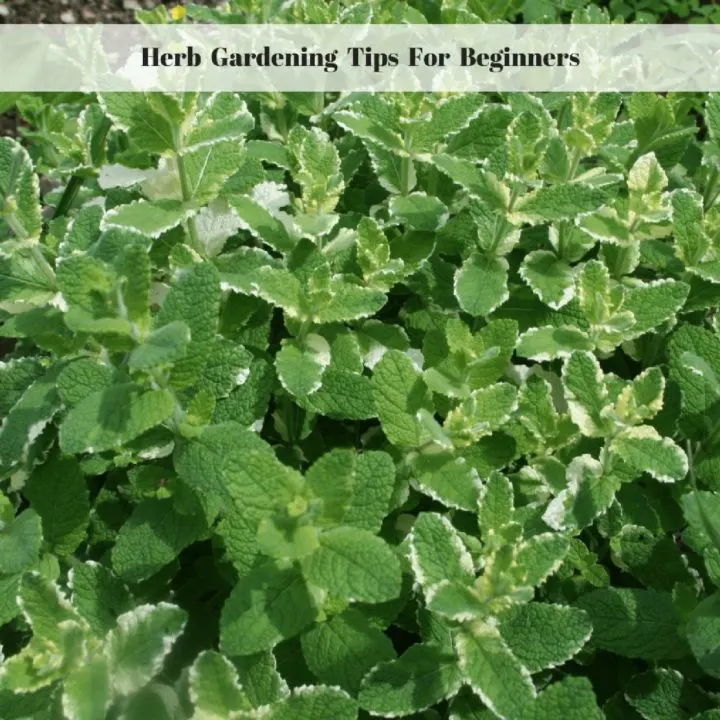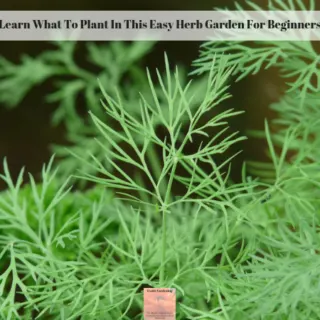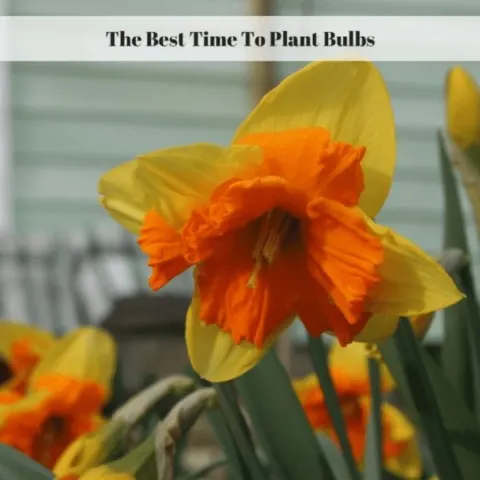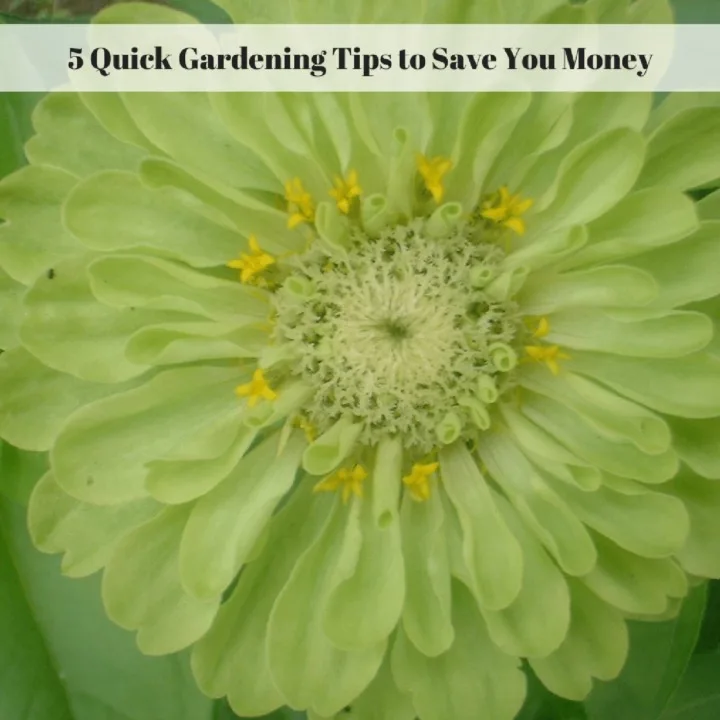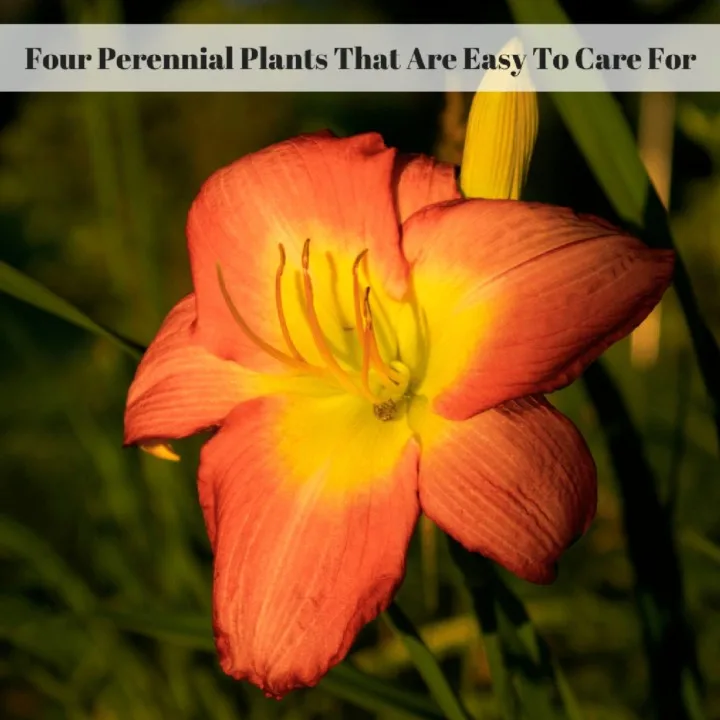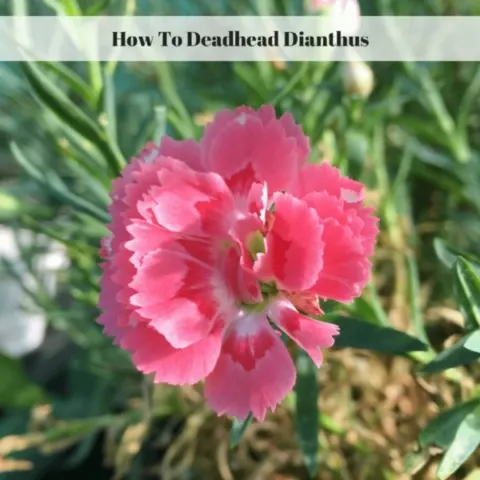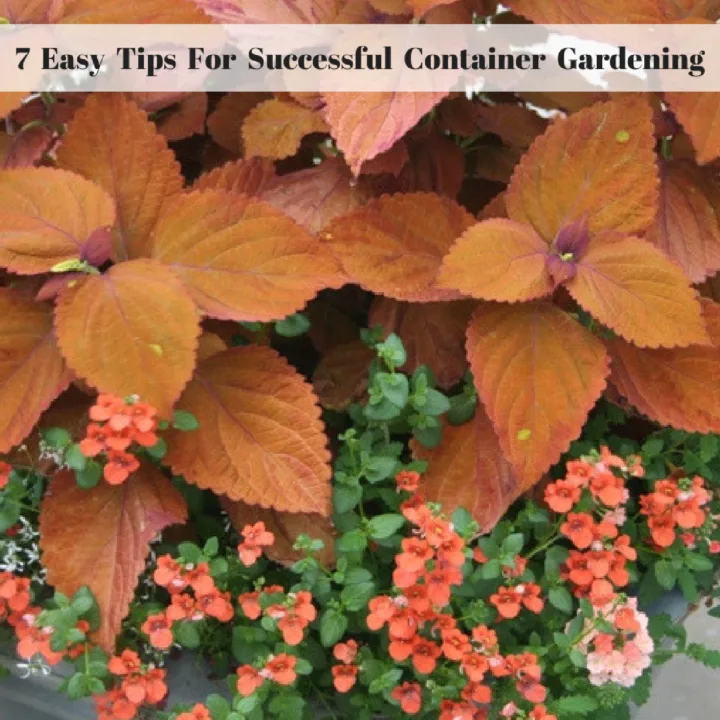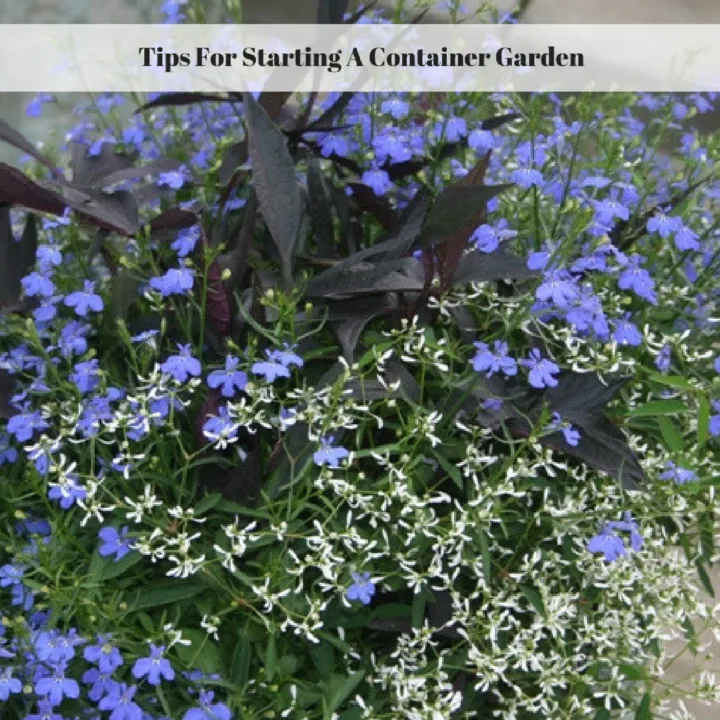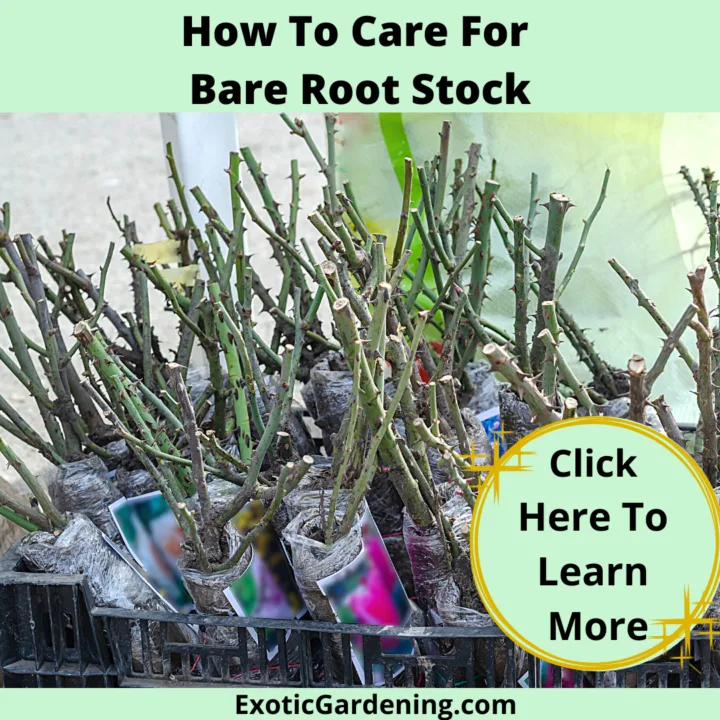Check out these four easy to grow flowers that are also edible - as long as you are gardening organically!
Try Companion Planting!
Grow these flowers with your vegetables or herbs.
Simply choose a mixture of tasty, edible flowers for your organic garden.
Many edible flowers double as companion plants.
Attract Beneficial Insects!
Organic gardening is about more than not using chemicals.
It’s about stepping back, having patience and letting Mother Nature work her magic.
You can assist her by combining flowers, herbs and vegetables that benefit one another and attract beneficial insects into the garden.
This is the key to organic gardening success regardless of what crops you are growing.
Here are four easy to grow - even if you start from seed - flowers that I highly recommend for organic gardens.
Pansy and Viola
Pansy and Violas are popular edible flowers that look as good dry as they do fresh.
Eat them fresh in salads or candy them to use as decorations on desserts.
Pansies and violas have a sweet, grassy flavor with a slight wintergreen taste.
Both plants prefer growing in the cool season.
Fall planted pansy will overwinter, coming back the following spring, then set seed and die.
Viola is a perennial plant that rapidly naturalizes in the garden.
A perennial plant is one that comes back year after year from the plant's original root system.
Pansies have a wider range of colors than Violas and also have larger flowers.
Pansy flower colors include shades of brown, purple, yellow, orange and white.
Signet Marigold
Lemon Gem and Tangerine Gem Marigolds have smaller flowers than ornamental Marigolds.
The orange and yellow colored flower petals add a spicy, somewhat bitter taste to salads.
These two particular varieties are not the type of Marigold known for attracting nematodes.
Plant them among potatoes, strawberries, roses, tomatoes and eggplants to add color to the garden and deter a variety of insects including the Mexican bean beetle.
Signet Marigolds do attract a variety of beneficial insects including butterflies and bees.
There are many more edible flowers available, this is just a small selection that I have chosen because of how easy they are to grow.
The seeds of these plants - or even small plants - are also readily available.
Nasturtium
The peppery tasting flowers of Nasturtium are high in Vitamin C, add a colorful burst of flavor to salads and are often used as a garnish.
You can also use them to make nasturtium butter.
Nasturtium flowers have both single and double flowers.
They come in many colors including red, orange, rose and crimson.
There is dwarf, semi-trailing and climbing varieties of Nasturtium.
In the garden, Nasturtium traps flea beetles and aphids.
Grow Nasturtium plants near mint, oregano, fruit trees, radish, cabbage and members of the cucurbit family.
It helps to repel the Mexican bean beetle, cabbage pests, whiteflies, squash bugs, plus the striped cucumber and pumpkin beetles.
Calendula
Calendula is an edible plant that is used to add natural color to icing, cheese or butter.
The petals, fresh or dried, are also used to make salves or to add a zesty flavor to soups or salads.
In the garden, these flowers serve multiple purposes.
The vibrant orange and yellow flowers add a burst of color.
Calendula also lures beneficial insects into the garden and traps bad bugs.
Aphids and whiteflies are drawn to this plant.
Locate a few plants in an area away from the main garden to lure these bugs away from most of the plants.
Do not destroy bug infected Calendula because beneficial insects will be drawn to them and eat the bad bugs up.
You have to have bad bugs to have good bugs but sooner or later the good bugs will outnumber the bad ones.
This is the important thing to keep in mind when you are starting out growing plants organically.
The asparagus beetle and the tomato hornworm dislike this plant, so inter-plant them with asparagus and tomatoes.
Final Thoughts
I encourage you to grow these four flowers even if it is in a container - and even if you choose not to eat the petals.
The vibrant colors and the beneficial things they do in the yard and garden is well worth the time it takes to water and care for them, not to mention the fact that they provide a source of natural nectar to many beneficial insects and pollinators including bees.
Gardening Tips For Beginners
Gardening Tips For Beginners
These gardening tips for beginners will help you get your first garden started right. Tips on gardening planning, caring for bareroot plants and more.
Herb Garden Tips For Beginners
From how to grow herbs to how to harvest herbs and everything in between, these herb garden tips give bite sized information ideal for beginners.
Herb Gardening Tips For Beginners
Follow these simple herb gardening tips for beginners to successfully start your herb garden. These herb garden tips are ideal for container gardens too.
Learn What To Plant In This Easy Herb Garden For Beginners
Knowing what to plant makes creating an easy herb garden for beginners to tend much more enjoyable. Try these eight herbs.
Gardening During A Heatwave
Gardening during a heatwave is not ideal for you or your plants, but done right, your plants will not only live but thrive.
Understanding Why Your Hardiness Zone Matters
Knowing the hardiness zone lets you know if a plant will survive in your area. Learn about the importance of the USDA hardiness zone.
How To Make Compost At Home
Learn how to make compost at home using materials you already have on hand and are likely to throw into the trash and send to the local landfill.
The Best Time To Plant Bulbs
Have you ever wondered what time of year to plant bulbs? Find out what the best time to plant bulbs is according to your specific bulb planting region!
5 Quick Gardening Tips To Save You Money
Garden tips for beginners - and advanced gardeners alike - that are sure to help save money. These gardening tips are about more than just plant care!
Four Perennial Plants That Are Easy To Care For
These four perennial flowers are easy plants to care for. They multiply easily plus they attract a number of pollinators including butterflies and bees.
How To Deadhead Dianthus
Learn how to deadhead dianthus to get it to re-bloom or keep it tidy! Today I am going to share with you my how to deadhead dianthus flowers video.
7 Easy Tips for Successful Container Gardening
Show your passion for successful container gardening by excelling at it. These 7 container gardening tips are sure to increase your success.
Tips For Starting A Container Garden
Growing plants in containers is an ideal alternative to growing plants in the ground. Check out these tips for starting a container garden.
How To Care For Bare Root Stock
Learn how to care for bare root stock such as roses, woody plants or bulbs that typically are the first to arrive in stores or via mail order.
Learn How To Garden
Learn how to garden with online courses, eBooks, paperback books and printables from gradening expert Sheri Ann Richerson.

